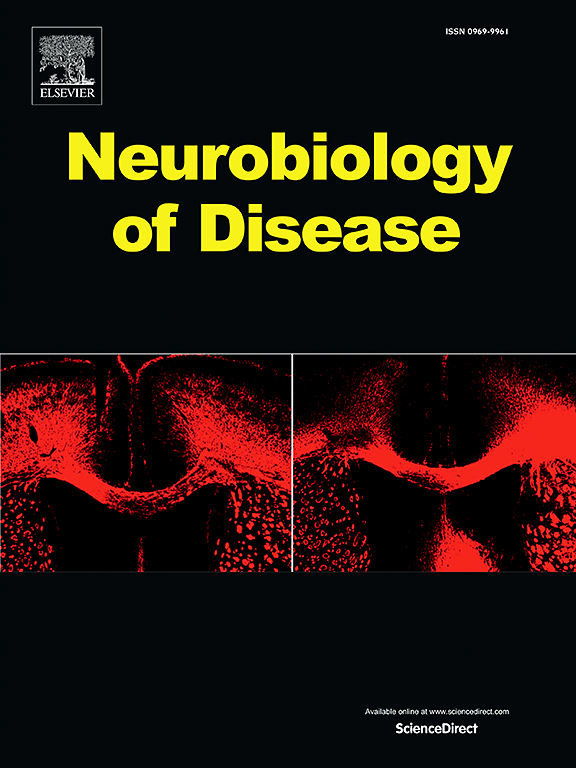Immune control of the basal ganglia network: Interleukin-17 as a key modulator of striatal synaptic plasticity
IF 5.6
2区 医学
Q1 NEUROSCIENCES
引用次数: 0
Abstract
The basal ganglia (BG) network exerts a key role in the integration of cortical inputs and is fundamental to motor learning, behavior, emotional responses, and cognitive functions. Little is known about how immune cells and soluble immune mediators influence BG activity. Interleukin-17A (IL-17A) is in the spotlight for its emerging role as a neuromodulator of cortical synaptic transmission and plasticity in physiological and pathological conditions. However, its role at the level of subcortical structures such as the BG circuit is still unclear. In this study, we demonstrate that striatal medium spiny neurons (MSNs) highly express IL-17RA and that the IL-17 axis contributes to the physiological expression of synaptic plasticity in these cells. Indeed, long-term potentiation (LTP) induction was significantly reduced in mice lacking IL-17A or IL-17RA. This effect might rely on an altered glutamatergic transmission, as synaptic expression of NMDAR subunit GluN2B is reduced in mice lacking IL-17A. At the same time, exposure to high concentrations of IL-17A was found to impair LTP induction through modulation of NMDAR currents. These results suggest a dual effect of this cytokine on striatal synaptic plasticity, showing the IL-17 axis as a key neuromodulator of the BG circuit, with potential implications in the pathogenesis of neuroinflammatory and neuropsychiatric disorders.
基底神经节网络的免疫控制:白介素-17作为纹状体突触可塑性的关键调节剂。
基底神经节(BG)网络在皮质输入的整合中发挥关键作用,是运动学习、行为、情绪反应和认知功能的基础。免疫细胞和可溶性免疫介质如何影响BG活性尚不清楚。白细胞介素-17 A (IL-17 A)因其在生理和病理条件下作为皮层突触传递和可塑性的神经调节剂而受到关注。然而,其在皮层下结构(如BG回路)水平上的作用尚不清楚。在本研究中,我们证明纹状体中棘神经元(MSNs)高度表达IL-17RA,并且IL-17轴参与了这些细胞突触可塑性的生理表达。事实上,在缺乏IL-17 A或IL-17RA的小鼠中,长期增强(LTP)诱导显著降低。这种影响可能依赖于谷氨酸能传递的改变,因为在缺乏IL-17 A的小鼠中,NMDAR亚基GluN2B的突触表达减少。同时,暴露于高浓度IL-17 A被发现通过调制NMDAR电流损害LTP诱导。这些结果表明这种细胞因子对纹状体突触可塑性具有双重作用,表明IL-17轴是BG回路的关键神经调节剂,可能与神经炎症和神经精神疾病的发病机制有关。
本文章由计算机程序翻译,如有差异,请以英文原文为准。
求助全文
约1分钟内获得全文
求助全文
来源期刊

Neurobiology of Disease
医学-神经科学
CiteScore
11.20
自引率
3.30%
发文量
270
审稿时长
76 days
期刊介绍:
Neurobiology of Disease is a major international journal at the interface between basic and clinical neuroscience. The journal provides a forum for the publication of top quality research papers on: molecular and cellular definitions of disease mechanisms, the neural systems and underpinning behavioral disorders, the genetics of inherited neurological and psychiatric diseases, nervous system aging, and findings relevant to the development of new therapies.
 求助内容:
求助内容: 应助结果提醒方式:
应助结果提醒方式:


